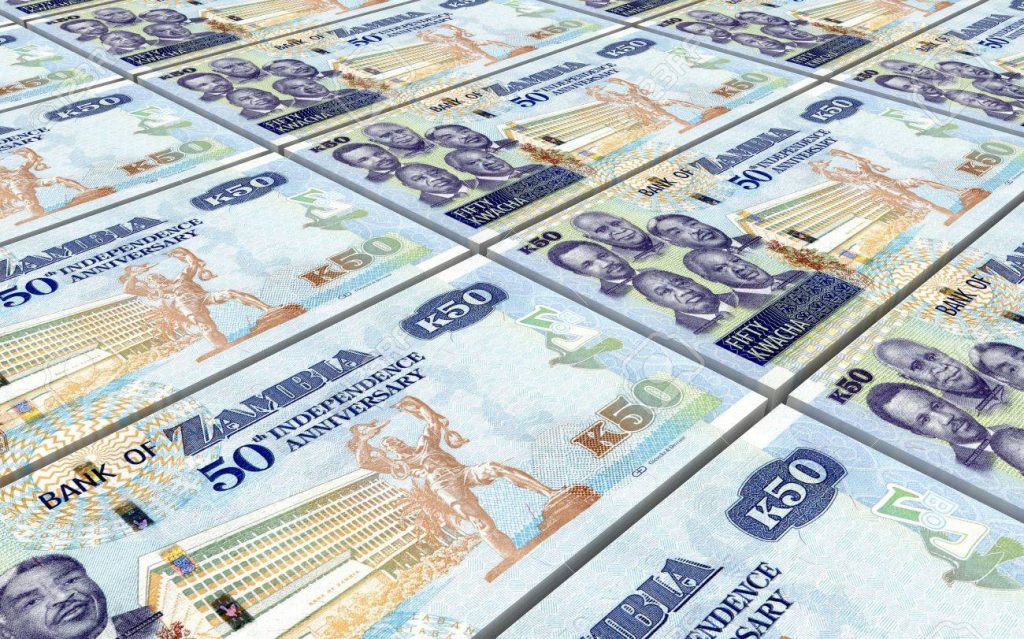Caught up in a Eurobond debt restructure labyrinth, Africa’s second largest copper hotspot Zambia is posting strong growth but in a rising inflationary environment. This is mainly being driven by a currency weakening quagmire that is breeding cost push effects wider in addition to rising food prices. Investors still found kwacha bonds attractive despite premiums above inflation narrowing. According to the Zambia Stats Agency December 2023 consumer price index rose tow a two year high of 13.1% from 12.9% in the previous month while the central bank recorded an oversubscription in its last Friday bond auction with significant interest in the 3, 10 and 15 year assets yielding 22.0%, 25.2% and 26.7% respectively.
Of the K3.99 billion (at cost) bids, the Bank of Zambia absorbed K3.85 billion (at cost) of the K2.6 billion of fixed income assets on offer. Yields were unchanged across the spectrum save the 7 year that ebbed 100 basis points to 23.0%. The Southern African nation continues to register offshore interest from players that still hold a bullish view around the sovereign posture post full debt restructure. The copper currency on the other hand has continued on a persistent losing streak flirting with new psychological high weekly which is feared could erode the economic gains accrued from the strides earned year to date.
Earlier last month the BOZ raised the cash reserve ratio 550 bps to 17.0% in a space of two weeks in addition to upward adjusting its benchmark interest rate to 11.0% in the quest to stem a currency slide that continues to depreciate. The red metal producer grapples with rising cyclical demand for foreign exchange for agribusiness inputs in the fourth quarter while the supply side remains constricted by lower mining production whose royalties feed directly to the treasury by passing the forex markets.
Zambia is on the cusp of a dollar bond restructure that will see the red metal producer earn a credit rating upgrade on its foreign currency long term issuer rating once complete. This will allow the Southern Africa nation reclaim its lost position in the international capital markets. Negotiations around comparability in treatment according to the G20 common framework as still ongoing which have been the biggest hurdle that saw the November dollar bond proposal opposed by the Official Creditor Committee (OCC) with reservations from the International Monetary Funds despite passing the Debt Service Analysis threshold. Zambia continues to take a positive cue from resilient performance on its IMF extended credit facility that saw the lenders board approved disbursement of $187 million in third tranche of the $1.3 billion line granted in August of 2022. Which in turn triggered other funding’s such as the $125 million World Bank assistance under the International Development Association.
Zambia continues to mask in record investment pledges in its anchor sector in excess of $5 billion. Significant milestones in the sector include resolution of impasses between Vedanta and the state owned investment vehicle ZCCM-IH over Konkola Copper Mines and settling of an equity partner, IHS of Abu Dhabi, for the Mopani Copper Mines after Glencore Corporations exit. Zambia runs the largest Nickel mine in Africa under the First Quantum Mining group while other key developments include extensive explorations on the Copperbelt of Africa.
The Southern Africa’s Development Agency reported $11.98 worth of exports year to date representing a 2.2% increase year on year. Zambia’s third quarter gross domestic product expanded 5.1% from 5.7% in the previous quarter and 4.4% in 1Q23 with key drivers being technology and educational sectors.
The currency slide quagmire and environmental factors such as erratic precipitation remain key upside risks to the Zambian economy which could breed further inflation and power generation bottlenecks respectively.
The Kwacha Arbitrageur

